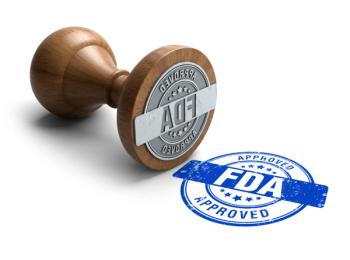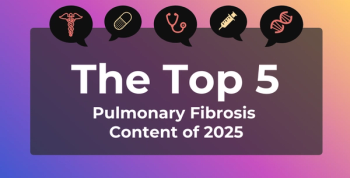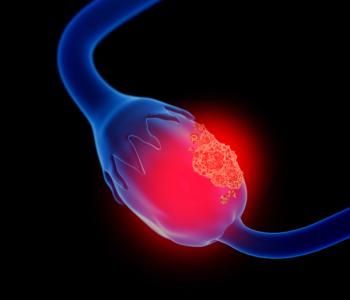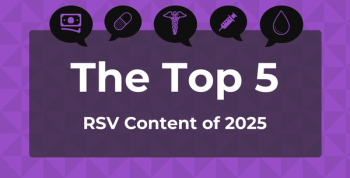
Axi-Cel Highly Effective as First-line Option in High-risk Large B-Cell Lymphoma
Research on axicabtagene ciloleucel (axi-cel) shows its effectiveness as a first-line option in patients with high-risk large B-cell
The phase 2 findings
Sixty percent of patients with LBCL have good responses to standard first-line chemoimmunotherapy regimens, but outcomes are lower for those with high-risk LBCL, a subgroup of the disease. These patients have double- or triple-hit lymphoma (meaning gene arrangements of MYC and BCL2 and/or BCL6) or additional clinical risk factors identified by the International Prognostic Index (IPI) or interim positron emission tomography scan.
Historically, less than half of these patients achieve long-term disease remission with standard approaches.
Axi-cel, an autologous anti-CD19 chimeric antigen receptor (CAR) T-cell therapy, is already approved for patients with relapsed/refractory LBCL after 2 or more systemic lines of therapy.
In this multicenter single-arm ZUMA-12 study (
Results for the 40 patients treated with axi-cel showed:
- 89% had an objective response
- 78% experienced a complete response
- 73% had an ongoing response at data cutoff, after a median follow-up of 15.9 months
The estimated overall survival rate at 12 months was 91%, and although the median for duration of response, event-free survival, and progression-free survival were not reached, 12-month estimates were 81%, 73%, and 75%, respectively.
The treatment was well tolerated with no new safety signals and no treatment-related grade 5 adverse events. Grade ≥3 cytokine release syndrome and neurologic events occurred in 3 patients (8%) and 9 patients (23%), respectively.
Robust CAR T-cell expansion occurred in all patients, with a median time to peak of 8 days.
“Existing treatments for LBCL consist of 6 months of chemotherapy,” Sattva S. Neelapu, MD, professor and deputy department chair in the Department of Lymphoma/Myeloma in the Division of Cancer Medicine at the University of Texas MD Anderson Cancer Center,
He noted that randomized clinical trials are still necessary to confirm the findings.
Reference
Neeolapu SS, Dickinson M, Munoz J, et al. Axicabtagene ciloleucel as first-line therapy in high-risk large B-cell lymphoma: the phase 2 ZUMA-12 trial. Nat Med. Published online March 21, 2022. doi:10.1038/s41591-022-01731-4
Newsletter
Stay ahead of policy, cost, and value—subscribe to AJMC for expert insights at the intersection of clinical care and health economics.







































